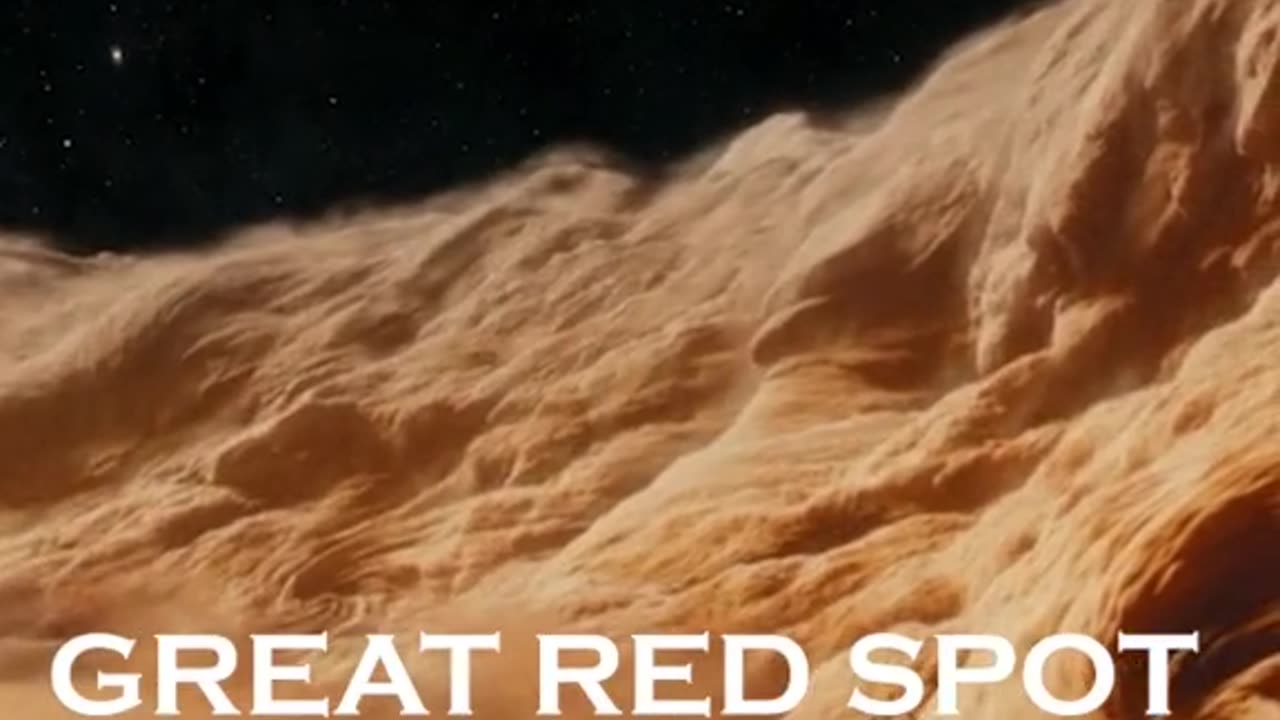Premium Only Content

Jupiter planet,l
Jupiter is the largest planet in our solar system, with a diameter of about 86,881 miles (139,822 kilometers). It is named after the ancient Roman king of gods and the patron deity of the Roman state.
Jupiter is a gas giant, primarily composed of hydrogen and helium, similar in composition to the Sun. It does not have a solid surface like Earth, with its outer atmosphere consisting of thick cloud bands and swirling storms. The well-known Great Red Spot is a massive storm on Jupiter that has been observed for over 300 years and is larger than Earth.
Jupiter has a strong magnetic field, which is about 20,000 times stronger than Earth's. This field creates a protective magnetosphere that traps highly charged particles and forms intense radiation belts around the planet.
Jupiter has a rapid rotation, completing one rotation in about 10 hours. Its fast rotation creates strong jet streams that divide the cloud bands into colorful belts and zones. These bands are made up of different gases and compounds, including ammonia, water vapor, and other chemicals that give Jupiter its vibrant appearance.
Jupiter has a total of 79 known moons, with the four largest ones known as the Galilean moons: Io, Europa, Ganymede, and Callisto. These moons are among the most interesting objects in the solar system and have active geology, including volcanic activity on Io and a subsurface ocean on Europa, making them potential candidates for hosting life.
Due to its large size and mass, Jupiter exerts a significant gravitational pull on other objects in space. It plays a crucial role in shaping the structure and dynamics of the solar system, influencing the orbits of asteroids, comets, and even some smaller planets.
In summary, Jupiter is a massive gas giant with a dynamic atmosphere, intense storms, and a system of moons. It is one of the most fascinating and influential objects in our solar system.
-
 LIVE
LIVE
BonginoReport
2 hours agoDemocrats Double Down on STUPID - Nightly Scroll w/ Hayley Caronia (Ep.56) - 05/28/2025
9,219 watching -
 LIVE
LIVE
The Jimmy Dore Show
20 minutes agoTrump Says Putin Has Gone Crazy! Elon Musk DISAPPOINTED With Trump’s “Big Beautiful” Budget Bill!
3,278 watching -
 LIVE
LIVE
TheStapleCrew.com
7 minutes agoCrypto Taxes with The Crew and Mr. Donnelly
466 watching -
 LIVE
LIVE
Bitcoin Magazine
2 days agoThe Bitcoin Conference 2025 | Day 2 Livestream
4,791 watching -
 LIVE
LIVE
Dr Disrespect
6 hours ago🔴LIVE - DR DISRESPECT - BATTLEFRONT 2 - TRIPLE XP MADNESS
2,167 watching -
 LIVE
LIVE
Akademiks
2 hours agoDay 2/30. Diddy Trial Day 11. YSL Steele About to get Mistrial for Diddy? Diddy went to G*Y Clubs!
1,916 watching -
 DVR
DVR
StoneMountain64
5 hours agoGray Zone Warfare has MASSIVE Improvements
4.25K2 -
 1:45:19
1:45:19
Redacted News
2 hours agoAre we ALL being played about this coming war with Iran? One big PSYOP! | Redacted w Clayton Morris
79.7K89 -
 32:59
32:59
The Peer to Peer Podcast
1 hour agoLive from the Bitcoin Conference in Las Vegas! With special guests
2.37K2 -
 1:18:28
1:18:28
vivafrei
3 hours agoThe President Who Wasn't There! Auto-Pen Scandal Continues! Canada the Asylum! Rubio Rocks! & MORE
32.1K25